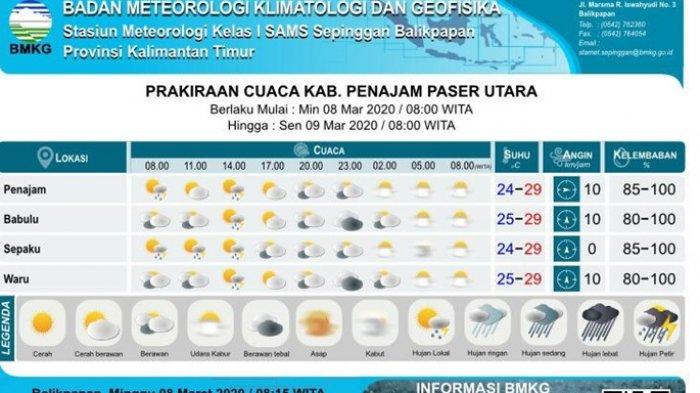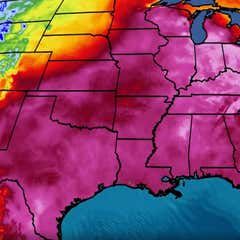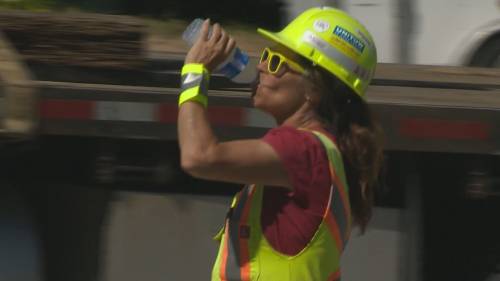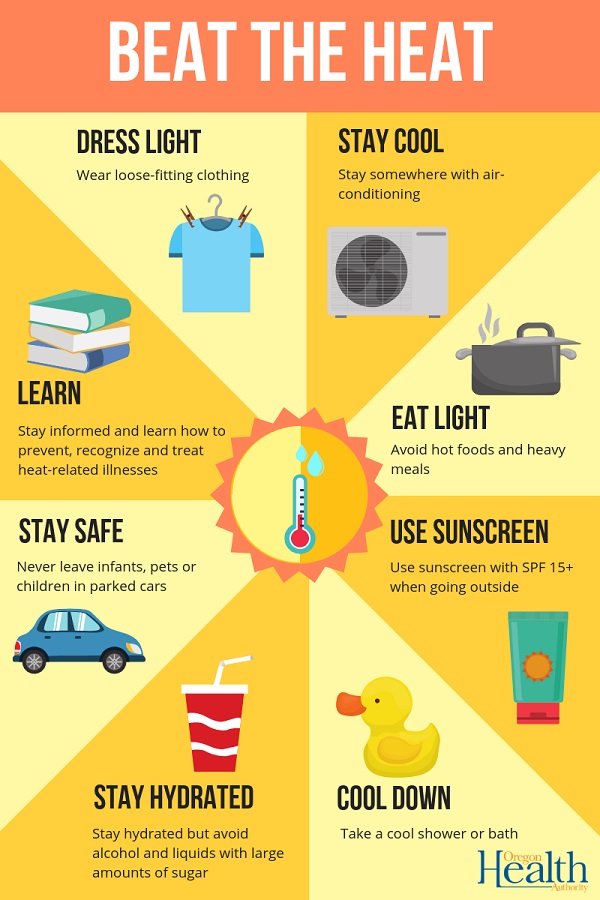The Devastating Effects Of Climate Whiplash On Global Urban Centers

Table of Contents
Infrastructure Damage and Economic Disruption Caused by Climate Whiplash
Climate whiplash's erratic weather patterns inflict significant damage on urban infrastructure, leading to substantial economic disruption. The escalating frequency and intensity of extreme weather events overwhelm existing infrastructure, demanding costly repairs and upgrades.
The Cost of Extreme Weather Events on Urban Infrastructure:
- Floods: Subway systems, like those in New York City, are frequently inundated, causing millions in damage and disrupting commutes for countless citizens. Road networks are also severely affected, leading to traffic congestion and economic losses.
- Heat Waves: Extreme heat strains power grids, leading to blackouts and disrupting essential services. Transportation systems, particularly railways, are vulnerable to heat-related malfunctions.
- Droughts: Water supply becomes critically strained, impacting agriculture, industry, and daily life. This can lead to water restrictions, impacting both businesses and residents.
The economic impact is staggering. For instance, Hurricane Sandy in 2012 caused over $70 billion in damage to New York City alone, highlighting the immense financial burden that climate whiplash events impose on municipalities. The long-term cost of repairs and the need for climate-resilient infrastructure upgrades represent a significant financial challenge for urban planners and policymakers.
Disruption of Essential Services and Economic Activity:
Climate whiplash events significantly disrupt supply chains, causing shortages of essential goods and services. Transportation networks are frequently paralyzed, hindering the movement of people and goods. This disruption affects businesses of all sizes, impacting tourism, employment rates, and overall economic productivity. Furthermore, low-income communities are often disproportionately affected, lacking the resources to recover quickly from these disruptions. The vulnerability of these communities necessitates targeted support and adaptation measures.
Public Health Impacts of Climate Whiplash in Urban Areas
The erratic weather patterns associated with climate whiplash pose serious threats to public health in urban environments. The consequences range from immediate health crises to long-term impacts on population well-being.
Heat-Related Illnesses and Mortality:
Heatwaves, a hallmark of climate whiplash, lead to a surge in heat stroke, respiratory illnesses, and cardiovascular problems. The elderly, children, and low-income individuals, often lacking access to adequate cooling, are particularly vulnerable. Studies show a direct correlation between extreme heat and increased mortality rates in urban areas, underscoring the urgent need for heat mitigation strategies.
Waterborne Diseases and Vector-Borne Illnesses:
Flooding and stagnant water following heavy rainfall create breeding grounds for disease-carrying mosquitoes and other vectors. This increases the risk of waterborne illnesses such as cholera and typhoid, as well as vector-borne diseases like Zika and dengue fever. The strain on public health systems to manage these outbreaks adds to the overall economic and social burden of climate whiplash.
Social and Political Consequences of Climate Whiplash in Cities
The consequences of climate whiplash extend beyond infrastructure and public health, significantly impacting social structures and political landscapes within cities.
Increased Social Inequality and Displacement:
Climate whiplash events exacerbate existing social inequalities, disproportionately affecting vulnerable populations. Low-income communities and marginalized groups often lack the resources to cope with extreme weather events, leading to displacement and increased homelessness. This can fuel social unrest and exacerbate existing tensions.
Challenges to Urban Planning and Governance:
Adapting to the unpredictable and escalating intensity of climate whiplash necessitates a paradigm shift in urban planning and governance. Cities need to develop climate-resilient infrastructure, integrate nature-based solutions, and improve early warning systems. Effective governance, both at the local and international levels, is crucial for coordinating adaptation and mitigation efforts and ensuring equitable resource allocation.
Conclusion
The devastating effects of climate whiplash on global urban centers are undeniable. The impacts on infrastructure, public health, and social structures are far-reaching and demand urgent action. Understanding the intricate interplay between extreme weather events and urban vulnerability is crucial for building resilient cities. We must demand action to mitigate climate change, invest in climate-resilient infrastructure, and advocate for sustainable urban development strategies. Let's build a future where our urban centers are not just surviving but thriving in the face of climate whiplash, ensuring a safer and more sustainable future for all.

Featured Posts
-
 Prakiraan Cuaca Semarang 26 Maret Hujan Siang Hari Di Jawa Tengah
May 28, 2025
Prakiraan Cuaca Semarang 26 Maret Hujan Siang Hari Di Jawa Tengah
May 28, 2025 -
 Rome Champ Continued Success No Room For Complacency
May 28, 2025
Rome Champ Continued Success No Room For Complacency
May 28, 2025 -
 Ria Ricis Dan Moana 7 Aktivitas Seru Liburan Lebaran Di Bali Dan Sumba
May 28, 2025
Ria Ricis Dan Moana 7 Aktivitas Seru Liburan Lebaran Di Bali Dan Sumba
May 28, 2025 -
 Housing Corporations Initiate Legal Proceedings Against Rent Freeze Policy
May 28, 2025
Housing Corporations Initiate Legal Proceedings Against Rent Freeze Policy
May 28, 2025 -
 Analysis The Ipswich Town Situation Tuanzebe Phillips Chaplin And Muric
May 28, 2025
Analysis The Ipswich Town Situation Tuanzebe Phillips Chaplin And Muric
May 28, 2025
Latest Posts
-
 Improved Heat Alerts From The National Weather Service Protecting Communities From Dangerous Temperatures
May 30, 2025
Improved Heat Alerts From The National Weather Service Protecting Communities From Dangerous Temperatures
May 30, 2025 -
 Understanding The Nwss New Heat Alert System Clearer Communication For Extreme Heat
May 30, 2025
Understanding The Nwss New Heat Alert System Clearer Communication For Extreme Heat
May 30, 2025 -
 Understanding The Reduction Of Excessive Heat Warnings
May 30, 2025
Understanding The Reduction Of Excessive Heat Warnings
May 30, 2025 -
 Will Bts Disband Top Fan Questions And Speculations Before The 2025 Reunion
May 30, 2025
Will Bts Disband Top Fan Questions And Speculations Before The 2025 Reunion
May 30, 2025 -
 Why Excessive Heat Warnings Are Often Missing From Forecasts
May 30, 2025
Why Excessive Heat Warnings Are Often Missing From Forecasts
May 30, 2025
